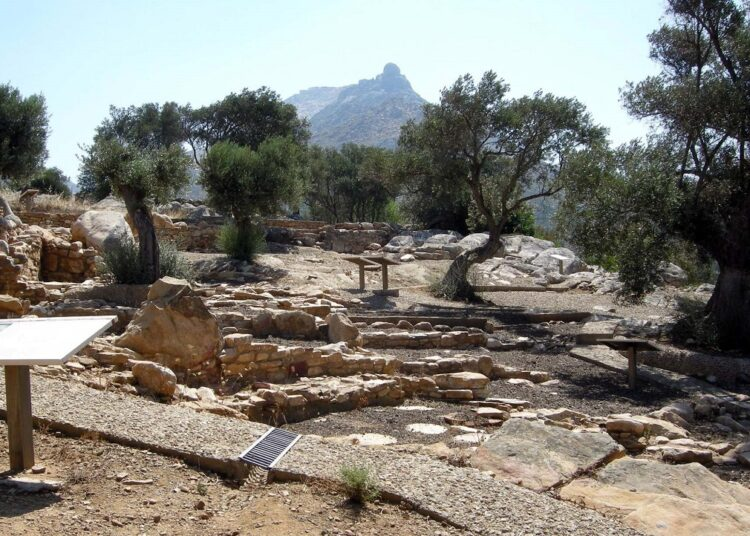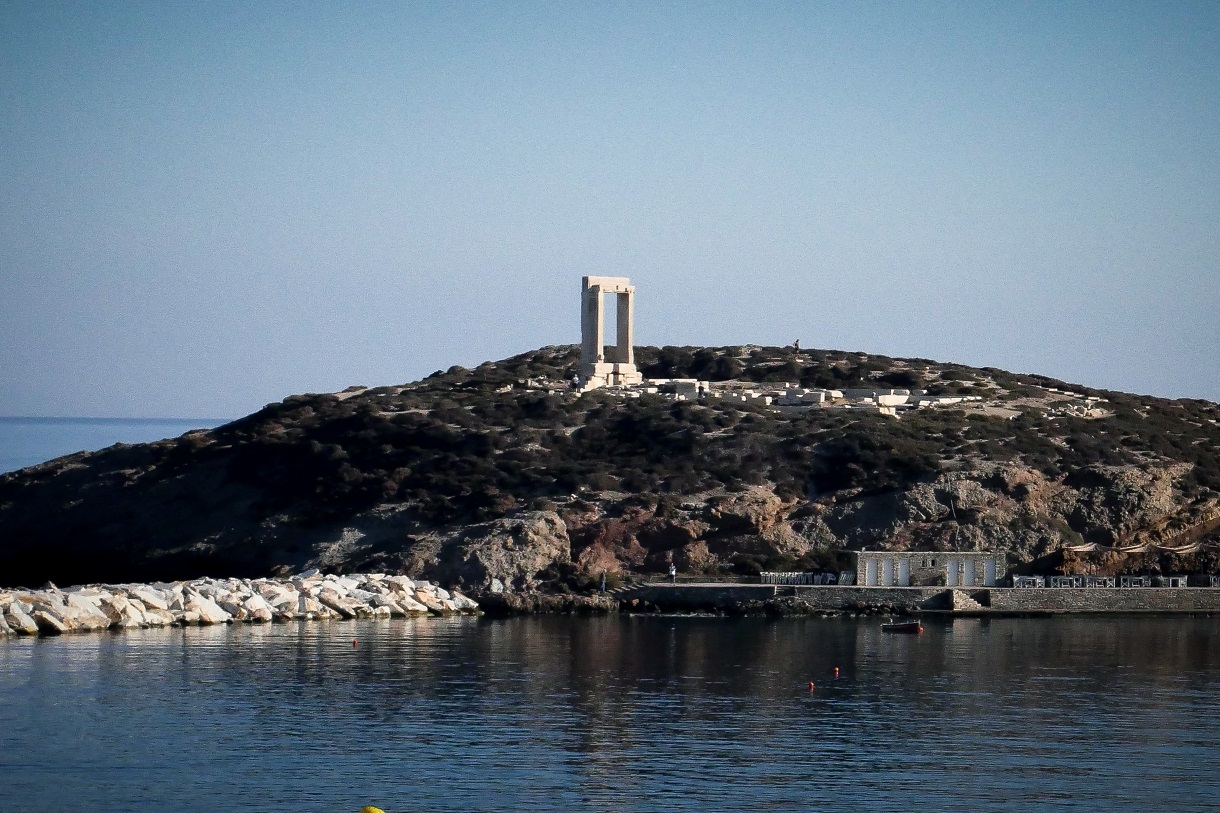Naxos, the largest and arguably most multifaceted island of the Cyclades, is a place where authentic Aegean beauty meets simple island life and a rich, layered history. Set against the boundless blue of the Aegean Sea, the island unveils to its visitors a vibrant mosaic of natural landscapes and cultural experiences. From endless sandy beaches and turquoise waters to mountainous traditional villages, fertile valleys, and imposing Venetian towers, Naxos is far more than a summer getaway—it’s a living experience that lingers long after you've left.
A Land of Myths and Marble
But beyond its captivating coastline, Naxos hides something deeper—woven into its trails and terrain lies a profound historical legacy. Since antiquity, the island has been a significant religious and artistic hub. Here, legends were born, gods were worshipped, and masterpieces were sculpted—works destined for immortality. The iconic Portara, the massive marble gate that greets visitors at the harbor entrance, is only the first clue to this cultural inheritance. Traces of it can be found everywhere: in ancient temples, the ruins of theaters, marble columns, and even in more modest relics—where stone and time have fused into one.
The Sleeping Giant: The Kouros of Apollo
Among these remnants, one monument stands out—not only for its size but also for what it represents: the Kouros of Apollo. This colossal, unfinished male statue stretches 10.45 meters long and lies supine on the ground in the seaside village of Apollonas, on the island’s northern coast. What makes it extraordinary is that it has never been moved from its original location. Abandoned mid-creation, as if its sculptor suddenly laid down their tools and walked away, the statue has remained in place for centuries—eternally capturing the moment where art paused in time.
Historians believe the statue was carved in the early 6th century BCE. There’s still debate over whom it represents—Apollo or Dionysus—both deities that were fervently worshipped on Naxos. But whoever it was meant to depict, the feeling it evokes is unmistakable: awe. The sheer scale, the mystery of its abandonment, and its serene presence create a sense of wonder. The marble figure, resting for centuries beneath the Aegean sun, feels like a slumbering titan—laid down for a moment that somehow stretched across millennia.
More Than a Relic
The Kouros of Apollo is not just an archaeological curiosity; it is one of the most powerful symbols of Naxos. A silent witness to centuries of artistic ambition, historical transformation, and the island’s deep connection to myth and divinity. And like all truly great works, it doesn’t need to shout to leave an impression—it only asks you to stand before it, look, and listen with the eyes of the soul.
In the stillness of that moment, you may just hear the whispers of ancient chisels, the dreams of forgotten artisans, and the eternal pulse of a land where history lies not buried, but wide awake beneath your feet.








